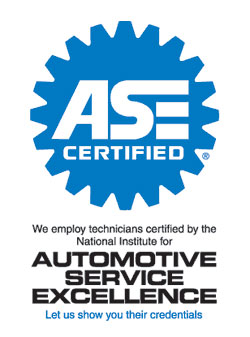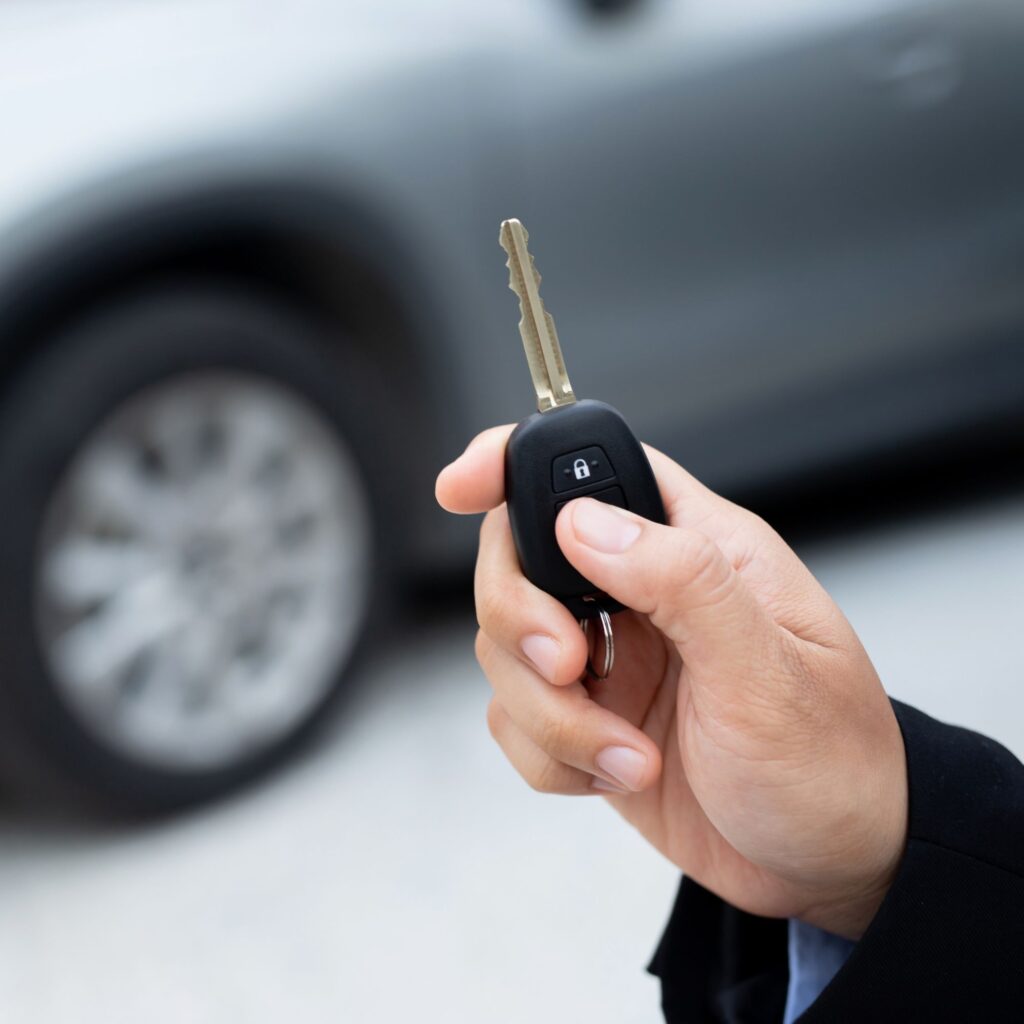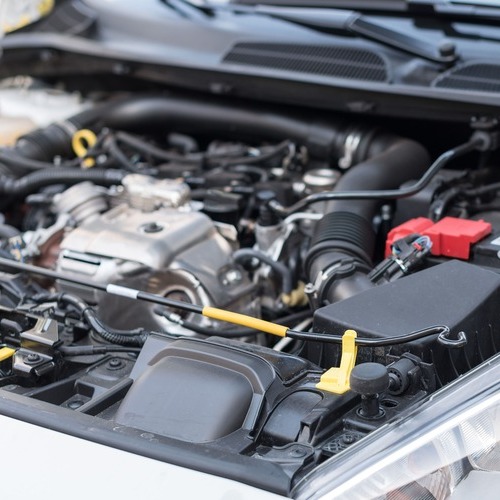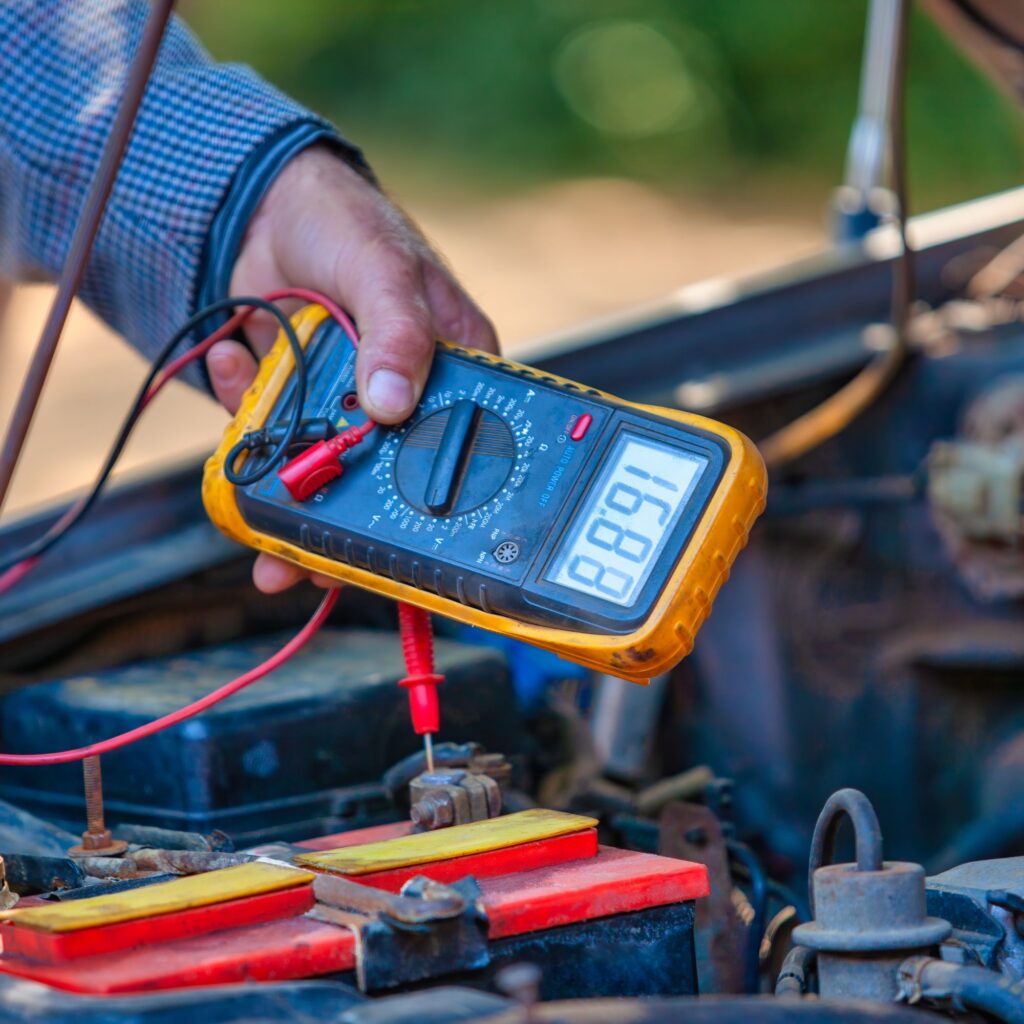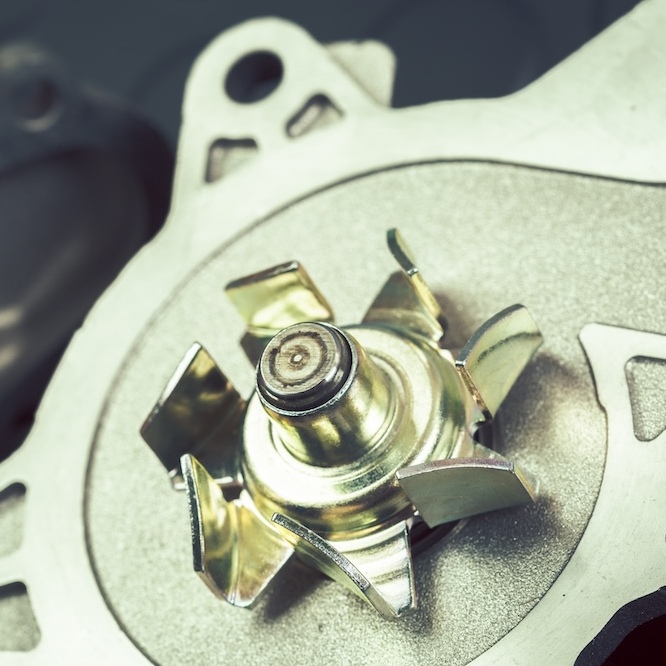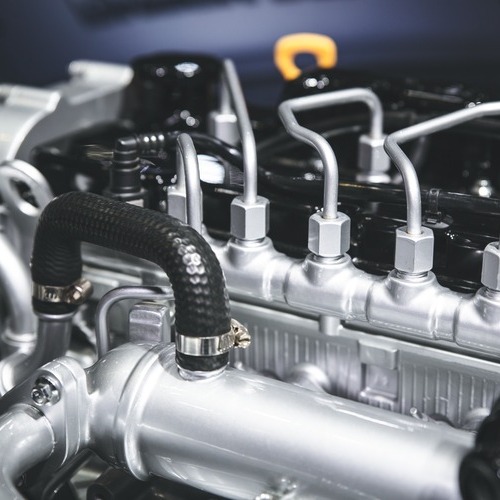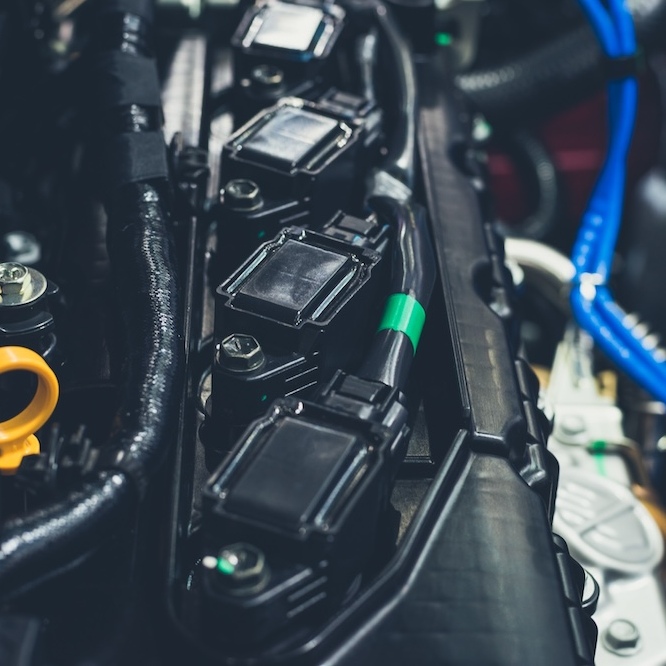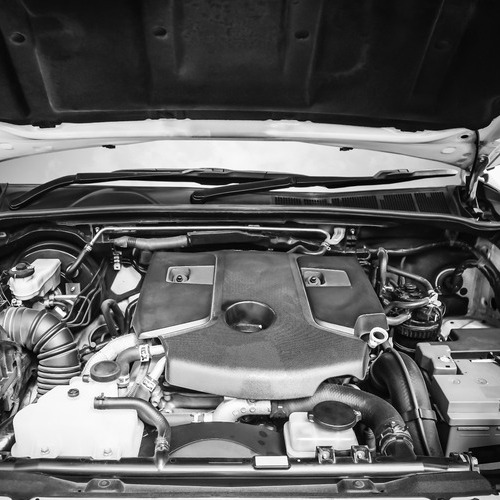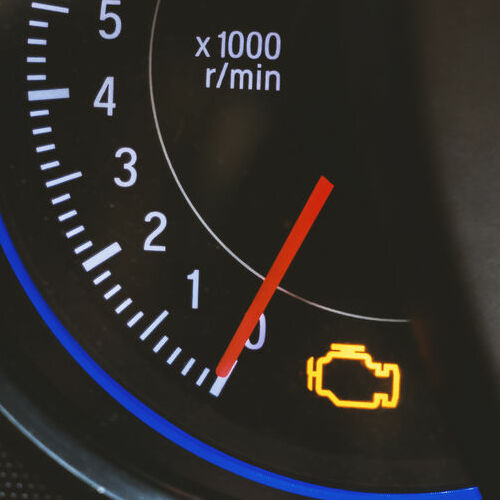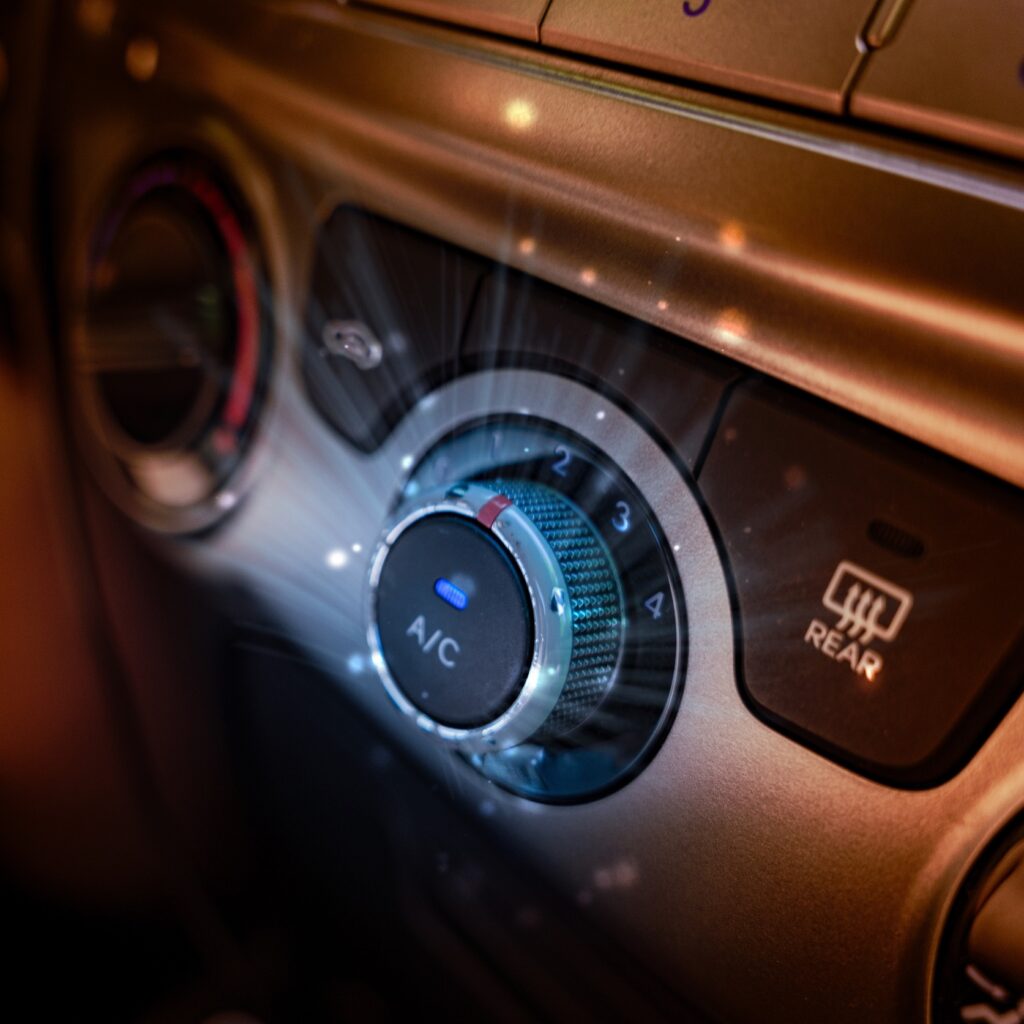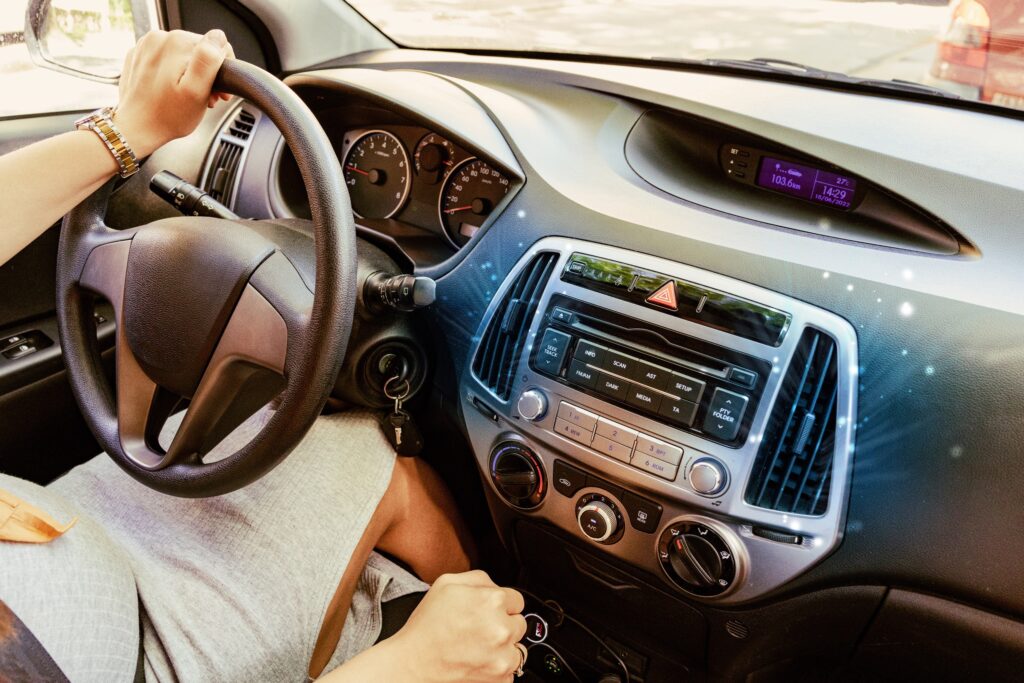
The Importance of Exhaust Repair: Addressing Common Questions
When it comes to vehicle maintenance, exhaust repair is an essential aspect that should not be overlooked. An exhaust system in good working condition ensures your car runs smoothly, efficiently, and safely. However, many car owners are unsure about what to do when they encounter an exhaust leak. In this blog post, we will answer some common questions about exhaust leaks, including whether it’s okay to drive with one, how long it takes to fix, the symptoms to watch out for, and the potential dangers. Read on to learn more and keep your vehicle in top condition.
Is It Okay to Drive with an Exhaust Leak?
Driving with an exhaust leak is not advisable. While it might seem like a minor issue, an exhaust leak can lead to several significant problems. Here’s why you should address an exhaust leak promptly:
- Health Risks: Exhaust gases contain harmful chemicals such as carbon monoxide. An exhaust leak can cause these gases to enter the cabin of your vehicle, posing serious health risks to you and your passengers. Prolonged exposure to carbon monoxide can lead to symptoms like headaches, dizziness, nausea, and even more severe conditions such as unconsciousness or death in extreme cases.
- Vehicle Performance: An exhaust leak can affect your vehicle’s performance. The exhaust system is designed to manage and expel gases efficiently. A leak can disrupt this process, leading to a decrease in engine performance, reduced fuel efficiency, and potentially causing damage to other components of your vehicle.
- Environmental Impact: Exhaust leaks contribute to increased emissions, which are harmful to the environment. A properly functioning exhaust system helps to minimize your car’s carbon footprint. Ignoring an exhaust leak means your vehicle could be emitting more pollutants than necessary.
How Long Does It Take for a Mechanic to Fix an Exhaust Leak?
The time it takes to repair an exhaust leak can vary depending on several factors:
- Location of the Leak: The position of the exhaust leak plays a significant role in determining repair time. Leaks in easily accessible areas, such as the exhaust pipe, muffler, or catalytic converter, can be fixed relatively quickly. However, leaks located in more challenging areas, such as the exhaust manifold, may take longer to repair.
- Severity of the Leak: The extent of the damage will also affect repair time. Minor leaks might require simple patching or tightening of loose connections, while more severe leaks could necessitate replacing entire sections of the exhaust system.
- Vehicle Make and Model: The design and complexity of your vehicle’s exhaust system can influence repair time. Some cars have intricate exhaust systems that are more time-consuming to work on, while others have simpler designs that allow for quicker repairs.
On average, fixing an exhaust leak can take anywhere from 30 minutes to a few hours. It’s best to consult with a professional mechanic who can provide a more accurate estimate based on your specific situation.
What Are the Symptoms of an Exhaust Leak?
Identifying the symptoms of an exhaust leak early can help you address the issue before it becomes more severe. Here are some common signs to watch out for:
- Loud Engine Noise: One of the most noticeable symptoms of an exhaust leak is a loud or unusual noise coming from the engine. This noise is often described as a hissing or tapping sound, especially during acceleration.
- Decreased Fuel Efficiency: If you notice that your vehicle is consuming more fuel than usual, it could be due to an exhaust leak. A leak can disrupt the proper flow of exhaust gases, leading to reduced fuel efficiency.
- Vibrations: Exhaust leaks can cause vibrations that can be felt in the steering wheel, pedals, or the entire vehicle. These vibrations are often more noticeable when the car is idling or accelerating.
- Check Engine Light: An exhaust leak can trigger the check engine light on your dashboard. If this light comes on, it’s essential to have your vehicle inspected by a professional mechanic to determine the cause.
- Unpleasant Odors: If you smell strong exhaust fumes inside your vehicle, it’s a clear indication of an exhaust leak. These fumes can be dangerous and should be addressed immediately.
Can an Exhaust Leak Harm You?
Yes, an exhaust leak can be harmful to your health. The primary danger associated with an exhaust leak is the potential exposure to carbon monoxide, a colorless and odorless gas that is highly toxic. Inhaling carbon monoxide can lead to carbon monoxide poisoning, which can cause symptoms such as:
- Headaches
- Dizziness
- Nausea
- Shortness of breath
- Confusion
- Loss of consciousness
In severe cases, carbon monoxide poisoning can be fatal. It is crucial to address any exhaust leaks promptly to avoid these health risks. Additionally, prolonged exposure to other exhaust gases, such as nitrogen oxides and hydrocarbons, can also have adverse health effects.
Conclusion
Exhaust repair is a critical aspect of vehicle maintenance that should not be neglected. Driving with an exhaust leak can pose serious health risks, reduce vehicle performance, and harm the environment. Understanding the symptoms of an exhaust leak and seeking professional help for timely repairs can ensure your safety and the longevity of your vehicle.
If you suspect an exhaust leak in your vehicle, don’t wait – contact our expert mechanics today for a thorough inspection and reliable exhaust repair services in Venice, FL. Your safety and satisfaction are our top priorities. Call us now at 941-493-6511 to schedule an appointment and keep your car running smoothly and safely.

